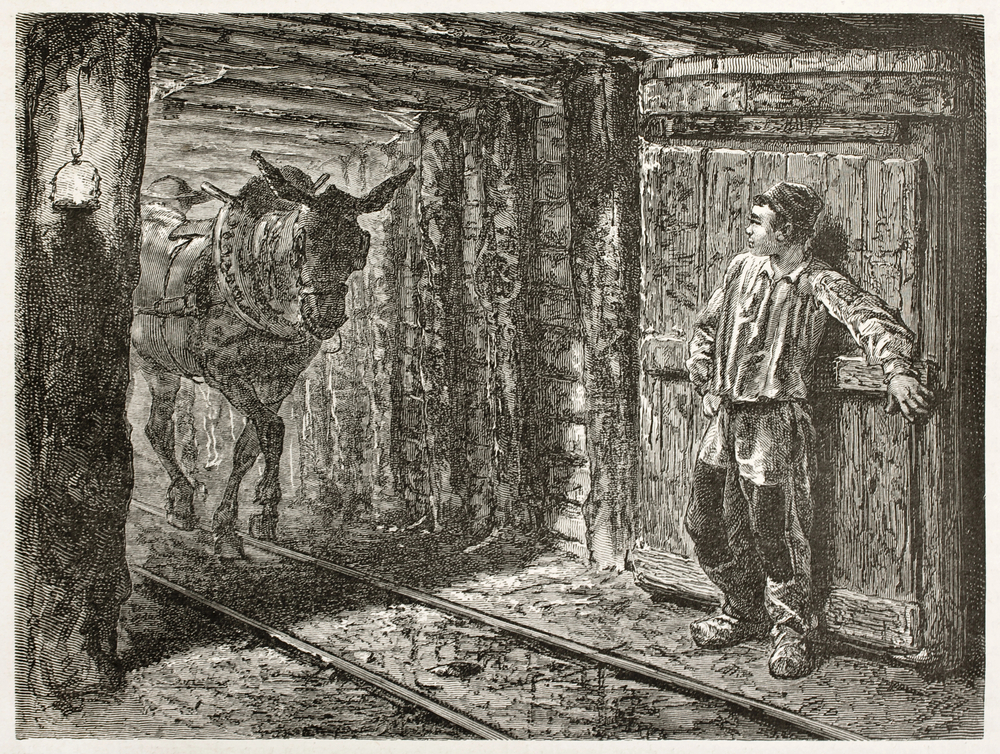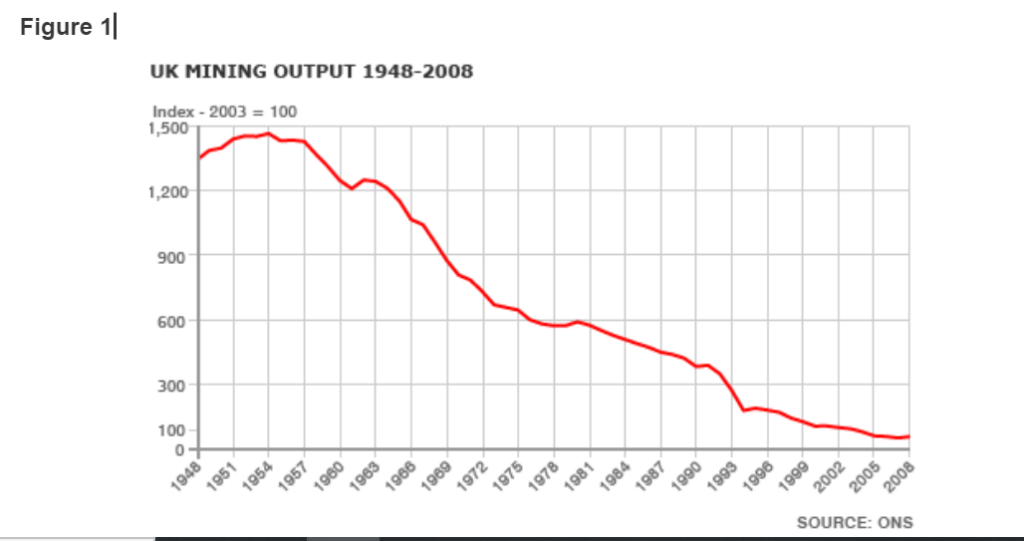The Miners' Strike

The Miner’s Strike is one of the most controversial events in modern British history. One version is that Margaret Thatcher sought the conflict, prosecuted it ruthlessly, and destroyed a viable industry to crush the powerful National Union of Mineworkers (NUM). The truth is very different.
The British coal industry peaked just before World War One, when it employed 1 million men in 3,000 pits producing 300 million tonnes of coal annually. But it faced increasing competition from cheaper foreign coal producers and new, cheaper fuels. When the industry was nationalized in 1947, 700,000 men in 958 pits were producing just 200 million tonnes annually.
In 1950, the Plan for Coal pumped £520 million into the industry to boost production to 240 million tonnes a year. This target was never met. In 1956, the record post-war year for coal production, 228 million tonnes were produced, too little to meet demand, and 17 million tonnes had to be imported.
The 1960s saw British Rail ditch coal and steam for oil and electricity. Improved technology also squeezed employment; Between 1955 and 1969, the share of coal which was power loaded rose from 9.2% to 92.2%.
The industry’s decline accelerated. Between 1957 and 1963, 264 pits closed and between 1963 and 1968, 346,000 miners left the industry. In 1967 alone there were 12,900 forced redundancies. Under Harold Wilson’s Labour government, one pit closed every week.
Nineteen sixty-nine was the last year when coal accounted for more than half of Britain’s energy consumption. By 1970 there were just 300 pits left – a fall of two thirds in 25 years. By 1974 coal accounted for less than one third of British energy consumption.
Wilson’s government published a new Plan for Coal promising to increase production from 110 million tonnes to 135 million tonnes annually by 1985. This target was never met.


Elected in 1979, Thatcher’s Conservative government attempted to limit industrial subsidies. The NUM threatened to strike, and Thatcher gave in; £200 million was pumped into the industry and £50 million went to industries which switched from oil to British coal. Companies which had bought coal abroad were banned from importing it and 3 million tonnes of coal piled up at Rotterdam, costing the British taxpayer £30 million annually. Seeing a showdown with the NUM as inevitable, Thatcher began stockpiling enough coal and coke around Britain to keep the country supplied for at least six months.
The industry was now losing £1.2 million daily with annual interest payments of £467 million. The National Coal Board needed a grant of £875 million and the Monopolies and Mergers Commission found that 75% of British pits were losing money. The reason was obvious. By 1984 it cost £44 to mine a metric ton of British coal when the United States, Australia, and South Africa were selling it on the world market for £32 a metric ton. Productivity increases were 20% below the level set in the 1974 Plan for Coal.
Taxpayers were subsidizing the mining industry to the tune of £1.3 billion annually, not including the cost to taxpayer-funded industries such as steel and electricity which were obliged to buy British coal. But when Arthur Scargill, president of the NUM, was asked by a Parliamentary committee at what level of loss it was acceptable to close a pit he answered, “As far as I can see, the loss is without limits.”
On 6 March 1984, the government announced the closure of 20 mines and another 70 in the longer term. Peter Walker, energy minister, suggested offering miners at pits slated for closure the choice of a job at another pit or a voluntary redundancy package with another £800 million ploughed into the industry. He told Thatcher “I think this meets every emotional issue the miners have. And it’s expensive, but not as expensive as a coal strike”. Thatcher replied, “You know, I agree with you”.
Scargill rejected the offer. While Thatcher viewed a showdown as unwelcome but unavoidable, Scargill – who once said “I do not believe compromise with the capitalist system of society will achieve anything” – actively sought one. After Thatcher’s landslide reelection in 1983, he said he would not “accept that we are landed for the next four years with this government”. Knowing his membership wouldn’t support a strike, he didn’t call the required ballot, instead declaring the NUM’s support for regional strikes. Thus were the miners dragged into a bitter strike which would last a year and end in their total defeat.
It was Scargill, not Thatcher, who sought the Strike, though when it came she prosecuted it ruthlessly. But it didn’t destroy a viable industry. The tragic truth of the Miner’s Strike is that by the time it came the British mining industry had been dying for decades.
John Phelan is an Economist at Center of the American Experiment.
